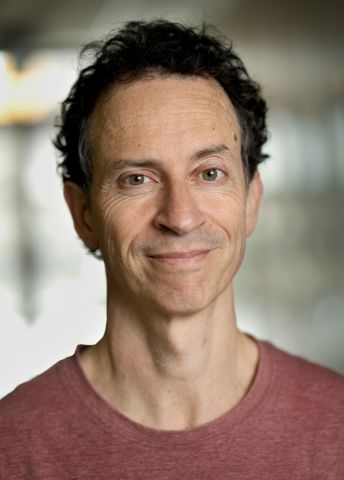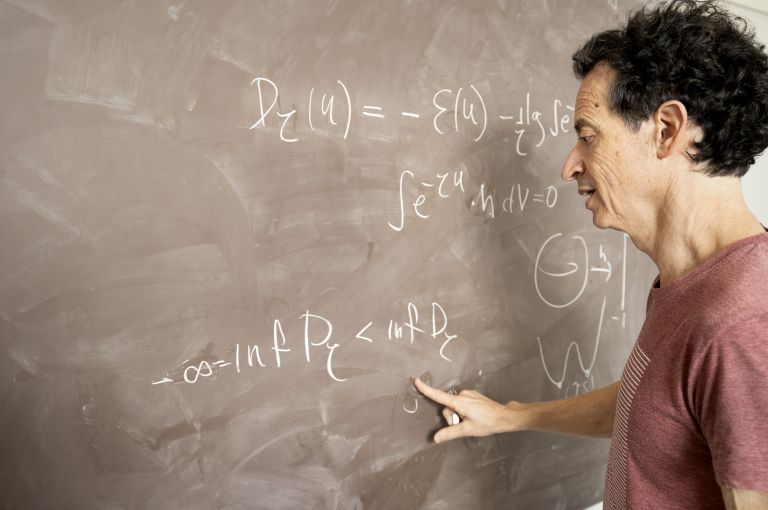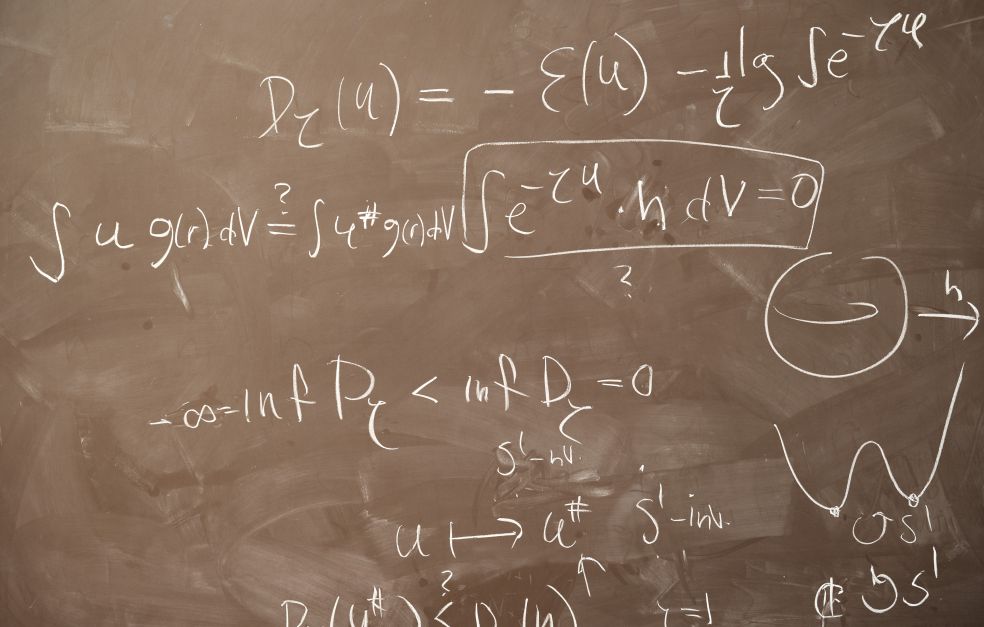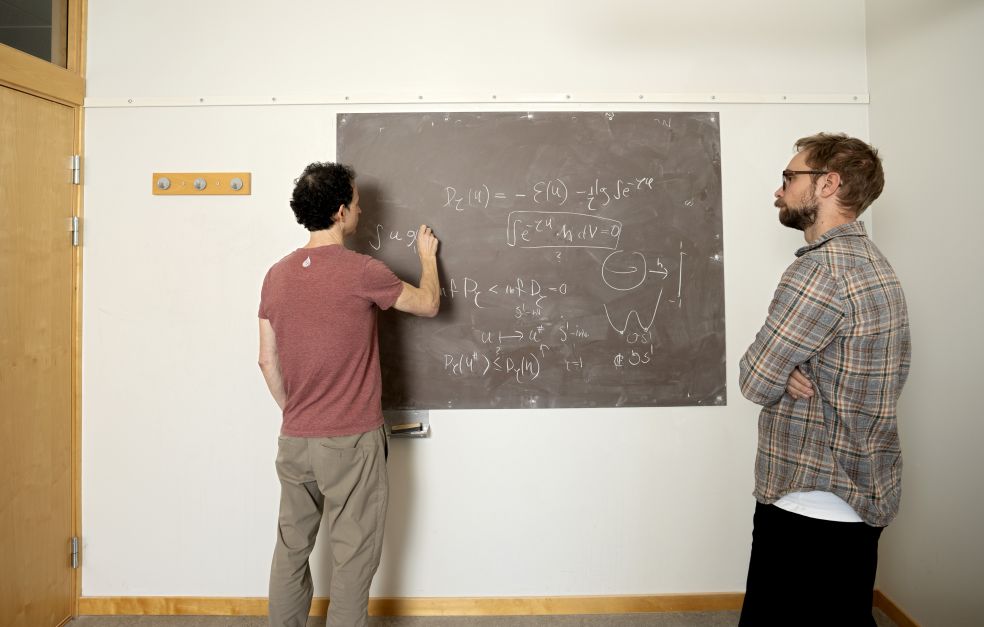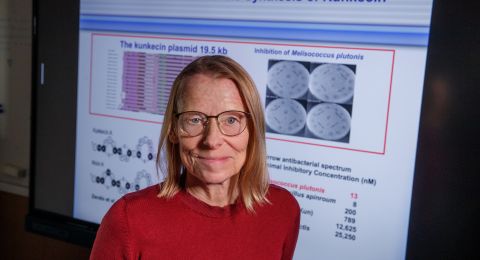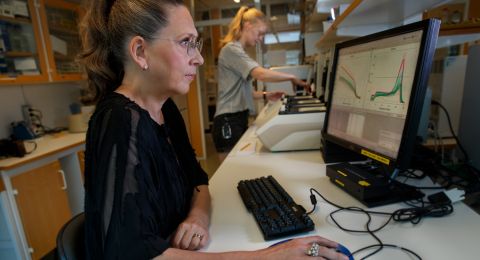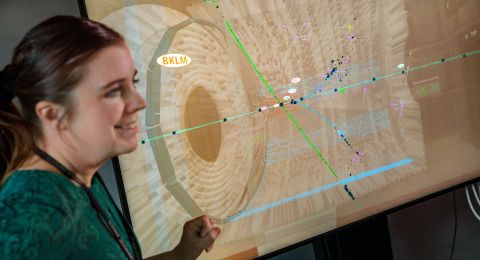How can order be created out of microscopic chaos? This is one of the questions mathematician and Wallenberg Scholar Robert Berman is attempting to answer. His research could help us understand what happens in black holes – but might also lead to as-yet-unforeseen applications.
Robert Berman
Professor of Mathematics
Wallenberg Academy Scholar 2024
Institution:
Chalmers University of Technology and the University of Gothenburg
Research field:
Complex geometry with links to statistical mechanics
Berman describes mathematics as a language that helps us to understand and describe reality. But he also emphasizes the importance of developing mathematical ideas freely, without an immediate demand for concrete applications.
“Science strives to describe things in a precise and objective way, and mathematics is a powerful tool to that end. Successfully explaining something mathematically is like drawing a map of reality. The map itself can then be explored and new mathematical theories created – theories whose applications may emerge decades or even centuries later. So mathematicians must be allowed to think freely and be driven by curiosity, not just by the question ‘What can this be used for?’ This is how we can make new discoveries, thereby increasing the chances that what we do will be of importance to society,” says Berman, professor of mathematics at Chalmers University of Technology and the University of Gothenburg.
Uniting the Macrocosm with the Microcosm
Berman researches complex geometry, a field that, in the spirit of Einstein, can be used to describe certain aspects of gravity – the force governing the macrocosm, such as how stars and planets influence each other’s motions. But it is also a mathematics that describes the microcosm, where the laws of quantum physics reign over the smallest particles at the atomic level.
Or to put it another way: mathematics for both the small and the large worlds.
“In certain extreme situations, gravitational theory must be reconciled with quantum physics – where the large and small worlds meet, such as in a black hole. There, enormous masses are compressed by extreme gravity and concentrated into a very small space. But attempts to combine the laws of gravity with those of quantum physics cause the theories to collapse – they don’t seem to fit together. There are only the first seeds of a unified theory, and this is where my mathematics comes into play,” he explains.
Chaos becomes order
Berman’s research combines complex geometry with statistical mechanics. This is a unique approach that enables him to describe how many interacting microscopic elements combine to create large-scale geometric structures.
“We take it for granted that a mass of microscopic particles, such as atoms, can together create a macroscopic form. But how can this be described mathematically? How can we understand how shapes and other macroscopic phenomena emerge from microscopic chaos?”
Successfully explaining something mathematically is like drawing a map of reality.
He uses something that is all around us as an example: wind.
“You feel the wind on your cheek – it’s the result of countless air molecules collectively creating motion. Their individual movements are chaotic, yet an orderly collective motion – wind – emerges. Similarly, I’m attempting to figure out how geometric shapes that describe simplified models of black holes can emerge from microscopic chaos.”
As well as providing new insights into black holes, Berman’s mathematics could have applications in other fields – including ones currently unimagined. This is often how mathematics works, as he points out:
“A good example is the discovery of gravitational waves, which was awarded the Nobel Prize in 2017. By then, technology had finally caught up with Einstein’s hundred-year-old predictions. Another example is number theory, which for centuries was regarded as entirely theoretical, but today forms the basis of all modern encryption, from bank transactions to email and chat apps.”
Emotions, beauty and precision
He describes mathematics as an emotional subject, where curiosity and the joy of discovery are constant companions. Yet it took him quite a long time to succumb to its allure. At university, he first studied philosophy and then physics – and it was there his interest in mathematics began in earnest.
“I had an incredible ‘wow’ moment. In school, I thought mathematics was okay, but then I truly saw how beautiful and exciting it is. It was a pure aesthetic experience,” he says.
Despite the ostensible differences, he can see some connections between mathematics and his first discipline, philosophy. Both entail exploring logical possibilities in an open and imaginative way. But there are significant differences.
“Mathematics is much more precise. There’s a clear language for translating thoughts and intuition into something exact, and it becomes concrete when you make progress. I find that very satisfying,” he says.
Text Ulrika Ernström
Translation Maxwell Arding
Photo Johan Wingborg
